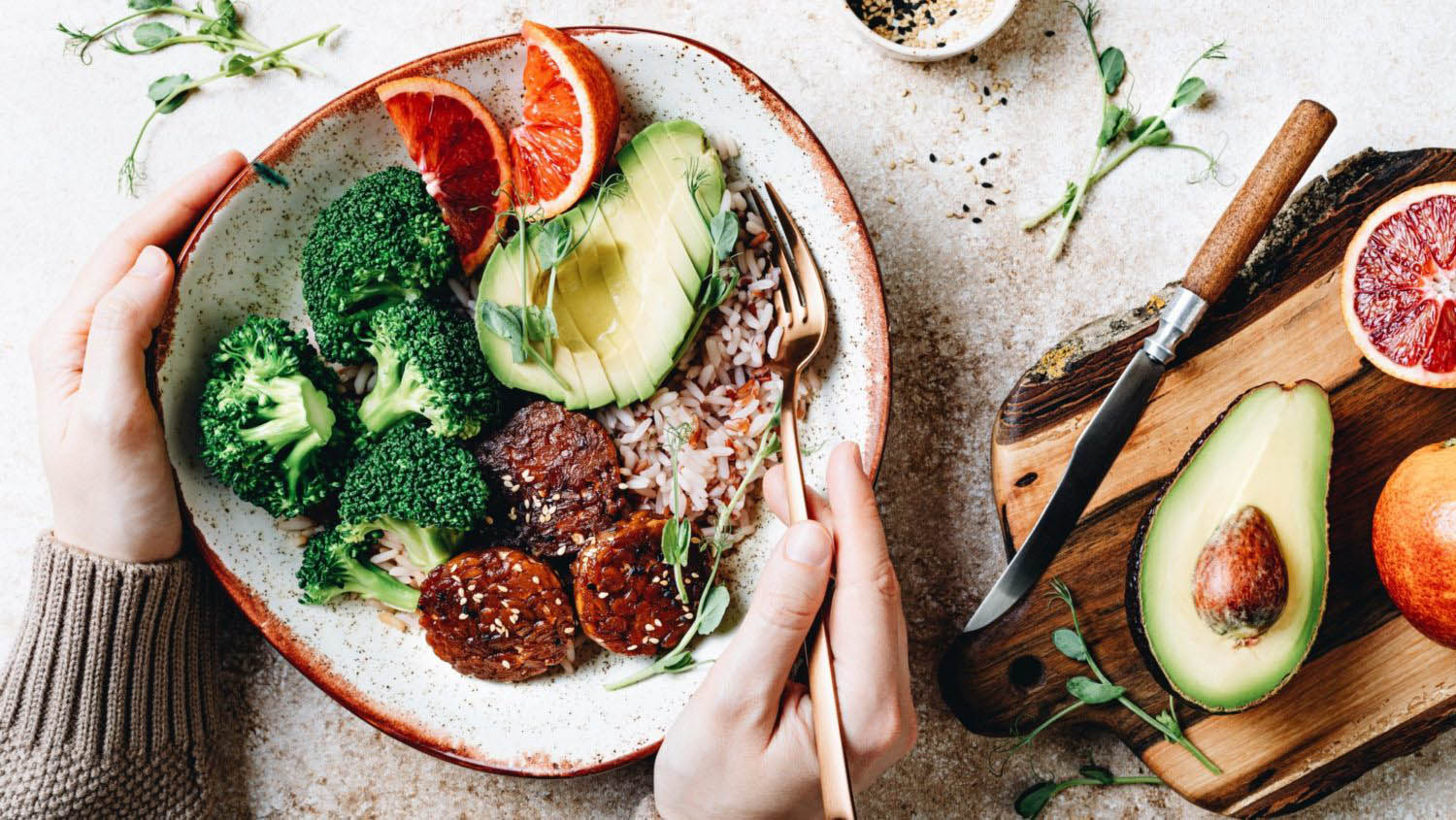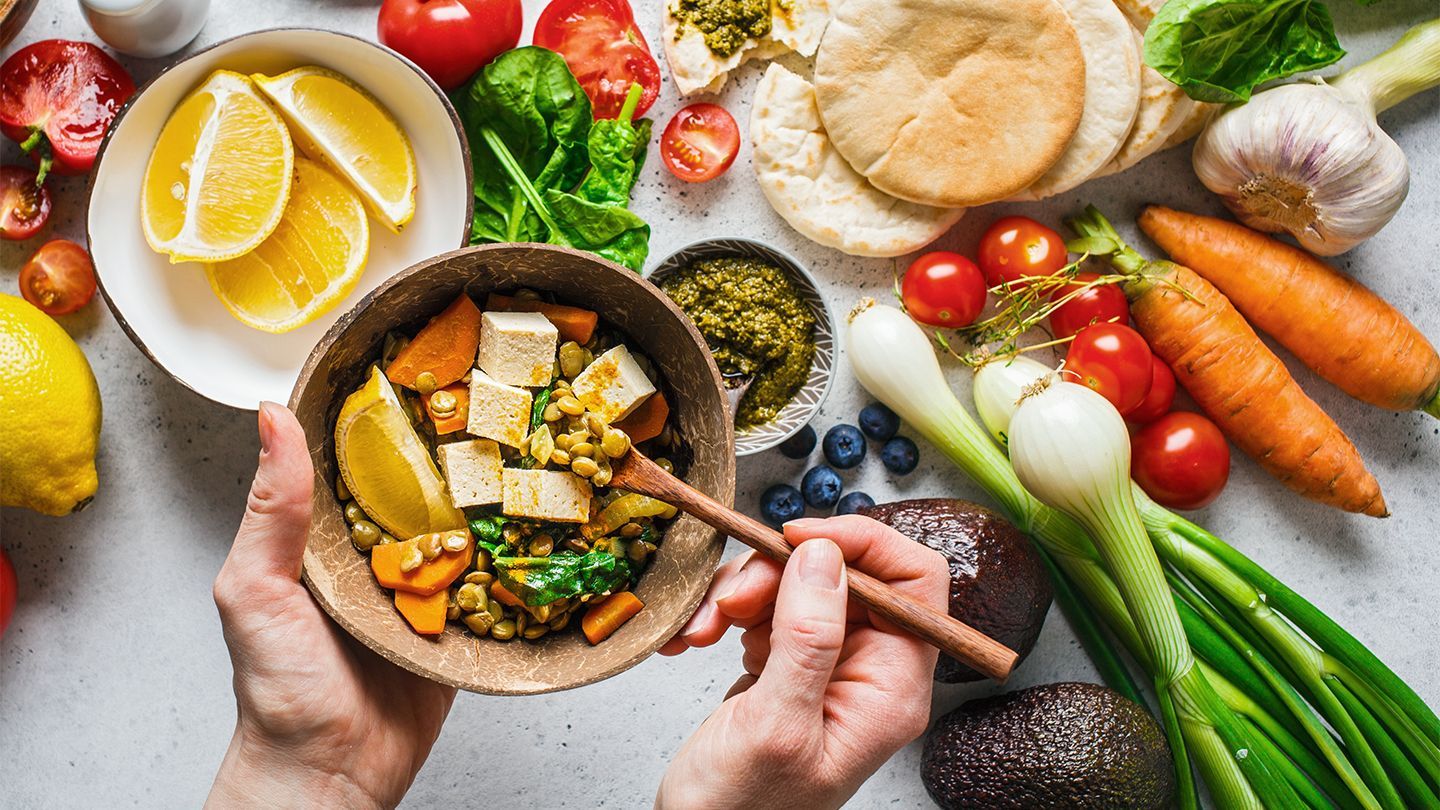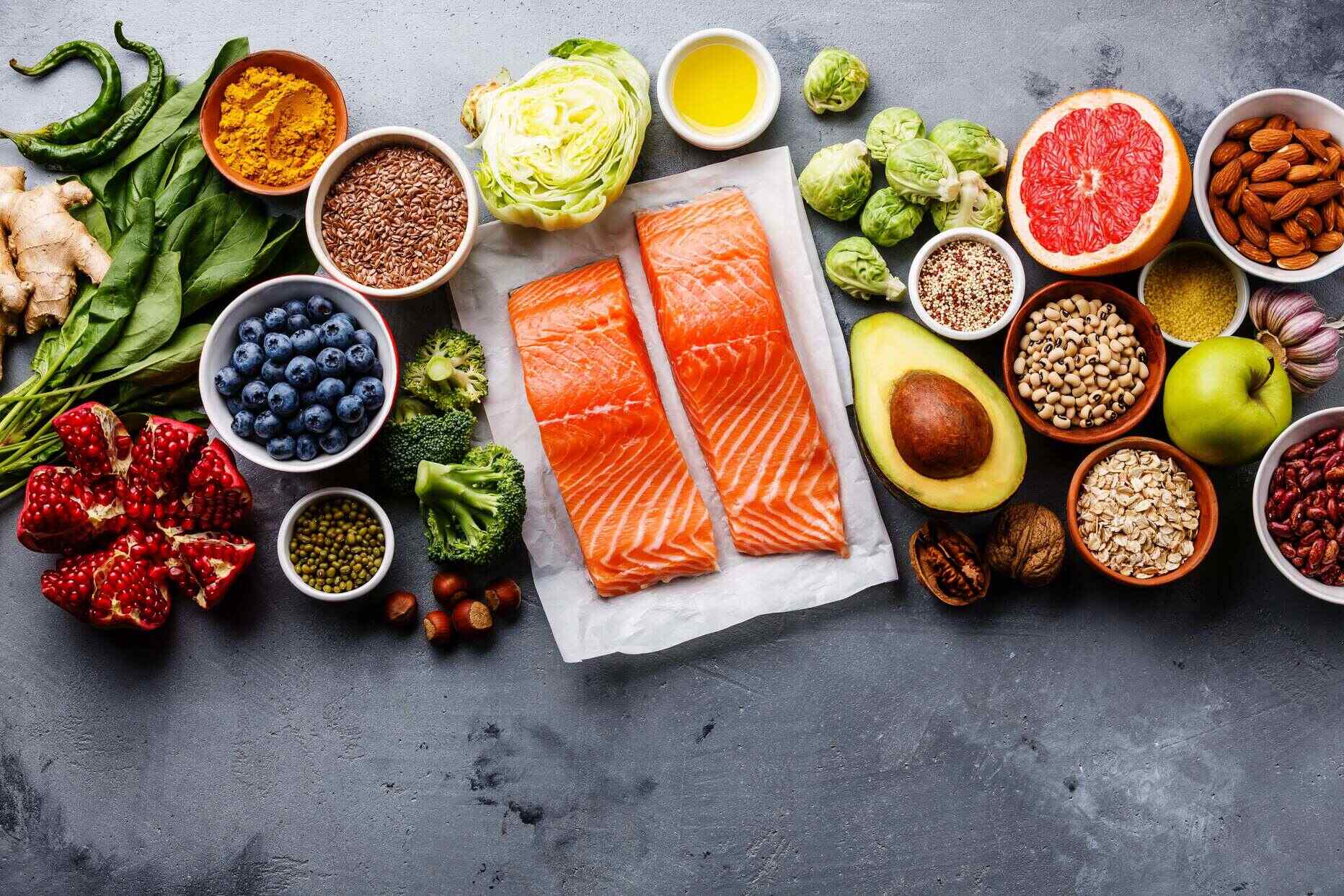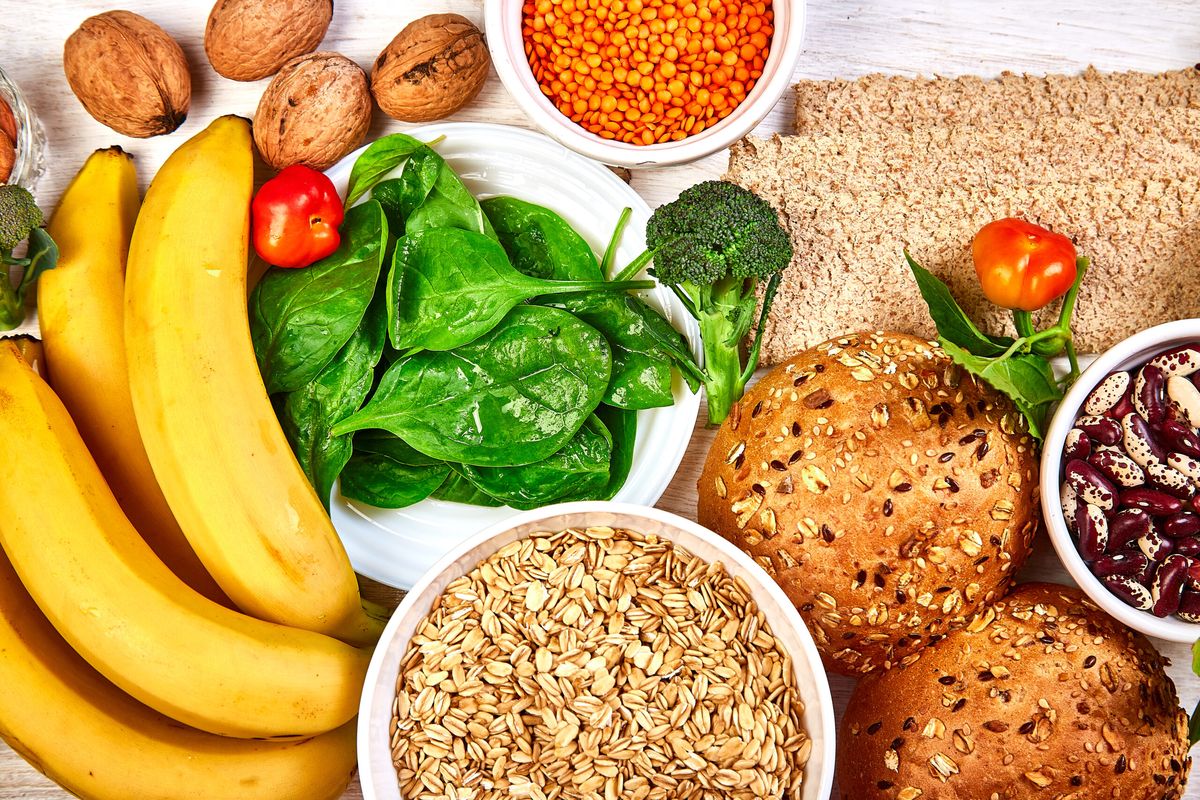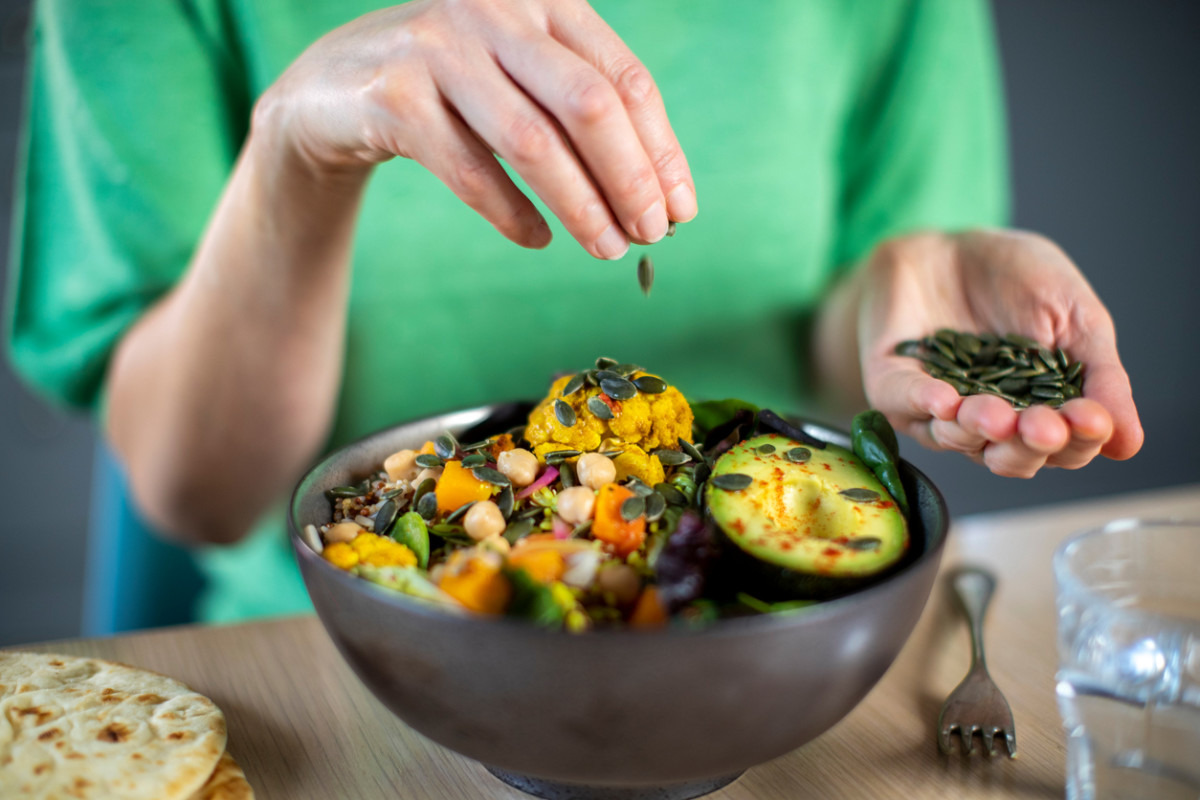What is a Whole Food Diet?
A whole food diet is a way of eating that focuses on consuming foods that are as close to their natural state as possible. This means eating foods that are minimally processed and free from additives and artificial ingredients. The goal of a whole food diet is to nourish the body with nutrient-dense foods that provide essential vitamins, minerals, and antioxidants.
Benefits of Eating a Whole Food Diet
There are numerous benefits to adopting a whole food diet. Some of the key advantages include:
- Improved Health: Whole foods are rich in nutrients that support overall health and well-being. Consuming a variety of fruits, vegetables, whole grains, and lean proteins can help reduce the risk of chronic diseases such as heart disease, diabetes, and obesity.
- Weight Management: Whole foods are often lower in calories and higher in fiber, which can aid in weight management and promote satiety.
- Increased Energy: Nutrient-dense whole foods provide the body with sustained energy, helping to prevent energy crashes often associated with processed foods.
- Enhanced Digestion: Whole foods are easier for the body to digest and can support a healthy gut microbiome, leading to improved digestion and nutrient absorption.
- Supports the Environment: Choosing whole foods often means supporting sustainable and environmentally friendly farming practices.
How to Incorporate Whole Foods into Your Diet
Transitioning to a whole food diet can be a gradual process. Here are some tips to help you incorporate more whole foods into your daily meals:
- Focus on Fruits and Vegetables: Aim to fill half of your plate with a variety of colorful fruits and vegetables at each meal.
- Choose Whole Grains: Opt for whole grains such as quinoa, brown rice, and oats instead of refined grains like white bread and pasta.
- Include Lean Proteins: Incorporate lean sources of protein such as poultry, fish, tofu, and legumes into your meals.
- Minimize Processed Foods: Limit your intake of processed snacks, sugary beverages, and foods high in added sugars and unhealthy fats.
- Read Labels: When purchasing packaged foods, read the ingredient list and opt for products with minimal, recognizable ingredients.
- Cook at Home: Prepare meals at home using fresh, whole ingredients to have better control over what you’re consuming.
Sample Whole Food Meal Plan
Here’s an example of a day’s worth of meals and snacks that align with a whole food diet:
- Breakfast: Overnight oats made with rolled oats, almond milk, chia seeds, and topped with fresh berries.
- Snack: Sliced cucumber and bell pepper served with hummus.
- Lunch: Quinoa salad with mixed greens, cherry tomatoes, grilled chicken, and a lemon vinaigrette dressing.
- Snack: Greek yogurt topped with sliced almonds and a drizzle of honey.
- Dinner: Baked salmon with roasted sweet potatoes and steamed broccoli.
Final Thoughts
Embracing a whole food diet can have a profound impact on your overall health and well-being. By prioritizing nutrient-dense, minimally processed foods, you can nourish your body and support a healthy lifestyle. Remember, small changes can lead to significant long-term benefits, so start by making simple swaps and gradually incorporate more whole foods into your daily routine.
More Whole Food Recipes to Try
After mastering the basics of a whole food diet, it's time to put that knowledge to practical use with a variety of delicious, nourishing recipes. From the heart-healthy Quinoa and Black Bean Salad Recipe to the protein-packed Grilled Salmon with Asparagus Recipe, these dishes are designed to enrich your diet while keeping it natural and simple. For those new to whole foods, the Chickpea and Spinach Curry Recipe is highly recommended due to its simplicity and depth of flavor. Meanwhile, the Sweet Potato and Black Bean Tacos Recipe offers a creative twist on traditional tacos, packed with fiber and essential nutrients. Each recipe is a stepping stone towards a healthier lifestyle, encouraging you to experiment and discover the joys of whole food cooking.




